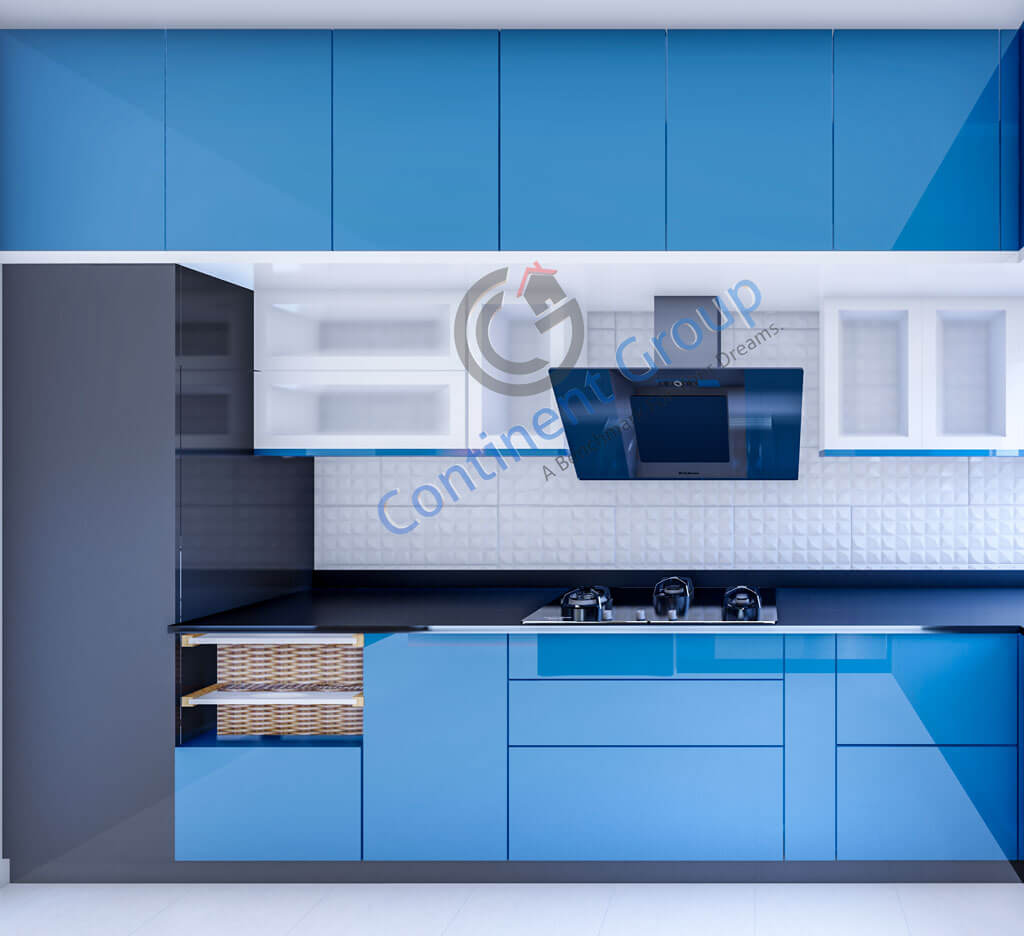
Interior Designing Bangalore Introduction:
Welcome to our friendly guide on interior designing in Bangalore! Whether you’re a new homeowner or looking to revamp your existing space, this guide will provide you with all the expert tips and tricks you need to transform your living spaces. Get ready to create a beautiful and functional home that reflects your unique style and leaves a lasting impression on everyone who visits.
I. Understanding Interior Designing:
A. What is interior design?
Interior Designing Bangalore
Interior design is the art and science of enhancing the interior of a space to achieve a healthier and more aesthetically pleasing environment. It involves the careful selection and arrangement of furniture, colors, materials, lighting, and other elements to create a cohesive and visually appealing space.
B. Importance of good interior design
Good interior design goes beyond aesthetics. It has the power to improve the overall quality of your life by creating a space that is functional, comfortable, and conducive to your well-being. It can enhance the flow and functionality of your home, optimize the use of space, and create a harmonious atmosphere that reflects your lifestyle and personality.
C. How it can enhance the overall appeal and functionality of your space
Interior design can transform a dull and uninspiring space into a vibrant and inviting one. By carefully considering the layout, colors, materials, and lighting, you can create a space that not only looks visually appealing but also functions seamlessly. From optimizing storage solutions to creating the perfect ambiance through lighting, interior design can truly enhance the overall appeal and functionality of your space.
II. Planning Your Interior Design Project:
A. Defining your goals and objectives
Before embarking on your interior design project, it’s important to define your goals and objectives. Determine the purpose of each room, understand your lifestyle and preferences, and identify any specific requirements or challenges you may have. This will help you create a clear vision for your space and guide you throughout the design process.
B. Assessing your budget and timeframe
Interior design projects can range from small updates to complete renovations, and it’s crucial to assess your budget and timeframe before getting started. Set a realistic budget that takes into account not only the materials and furnishings but also the fees for professional help if needed. Additionally, consider the timeframe for the project and factor in any potential disruptions to your daily life.
C. Finding inspiration for your design style
Once you have a clear understanding of your goals, objectives, budget, and timeframe, it’s time to find inspiration for your design style. Browse through interior design magazines, websites, and social media platforms to gather ideas and create a mood board. Pay attention to color palettes, textures, furniture styles, and overall aesthetics that resonate with you. This will help you communicate your preferences effectively to your interior designer or guide you if you decide to take on the project yourself.
III. Hiring an Interior Designer:
A. Benefits of working with a professional
While some may prefer to take on the interior design project themselves, hiring a professional interior designer can bring numerous benefits. They have the expertise, knowledge, and experience to create a cohesive and well-designed space that meets your needs and exceeds your expectations. They can also help you navigate through the overwhelming options, make informed decisions, and manage the project effectively.
B. Researching and selecting the right interior designer for you
When it comes to selecting the right interior designer, thorough research is essential. Ask for recommendations from friends, family, or colleagues who have worked with interior designers in Bangalore. Look for portfolios, read reviews, and schedule consultations with potential candidates to understand their style, approach, and communication skills. It’s important to find someone who understands your vision, communicates effectively, and fits within your budget and timeframe.
C. Collaborating effectively with your designer
Once you’ve hired an interior designer, effective collaboration is key to a successful project. Clearly communicate your goals, preferences, and budget to your designer. Be open to their suggestions and ideas, as they bring valuable expertise to the table. Maintain open and regular communication throughout the project, providing feedback and seeking clarification when needed. This collaborative approach will ensure that your vision is translated into reality.
IV. Creating a Functional Floor Plan:
A. Understanding the flow of the space
When creating a functional floor plan, it’s important to understand the flow of the space. Consider how you move through the room and ensure that there is enough space for comfortable movement. Place furniture strategically to create defined areas and clear pathways.
B. Maximizing natural light and ventilation
Natural light and ventilation play a crucial role in creating a healthy and inviting space. Consider the orientation of your windows and maximize the amount of natural light entering the room. Use light-colored curtains or blinds to allow light to filter through while maintaining privacy. Additionally, ensure proper ventilation by incorporating windows or exhaust fans in areas like kitchens and bathrooms.
C. Optimizing storage solutions
Effective storage solutions are essential for a clutter-free and organized space. Assess your storage needs and consider built-in cabinets, shelves, or multi-functional furniture to maximize space utilization. Incorporate storage solutions that blend seamlessly with the overall design aesthetics and enhance the functionality of your space.
V. Choosing Colors, Materials, and Textures:
A. Selecting a color palette that suits your preferences
Colors have a significant impact on the overall look and feel of a space. Choose a color palette that suits your preferences and reflects the desired atmosphere of each room. Consider the psychology of colors and their effects on mood. For example, warm colors like red and orange can create a cozy and energetic atmosphere, while cool colors like blue and green can create a calming and serene ambiance.
B. Exploring different materials for flooring, walls, and furniture
Materials play a vital role in adding texture, depth, and visual interest to a space. Explore different options for flooring, walls, and furniture to find materials that not only look aesthetically pleasing but also meet your functional requirements. Consider factors like durability, maintenance, and sustainability when making your choices.
C. Adding textures for depth and visual interest
Textures can elevate the visual appeal of a space by adding depth and dimension. Incorporate textures through materials like fabrics, wallpapers, rugs, and accessories. Mix and match different textures to create a visually interesting and layered look.
VI. Furniture Selection and Placement:
A. Choosing furniture that fits both functionally and aesthetically
Furniture selection is a crucial aspect of interior design. Choose furniture pieces that not only fit your functional needs but also align with your design style. Consider the size of the room, the flow of the space, and the scale of the furniture to ensure a harmonious balance.
B. Arranging furniture to optimize space utilization and traffic flow
Proper furniture arrangement is essential for optimizing space utilization and traffic flow. Consider the focal points of the room and arrange furniture around them. Create conversation areas and ensure that there is enough space for comfortable movement. Avoid overcrowding the room and create balance and symmetry whenever possible.
C. Incorporating statement pieces for added personality
Statement pieces can add personality and character to your space. Incorporate unique and eye-catching furniture or decor items that reflect your personal style and become conversation starters. These statement pieces can act as focal points and add visual interest to the overall design.
VII. Lighting Design:
A. Utilizing ambient, task, and accent lighting techniques
Proper lighting design can significantly impact the ambiance and functionality of a space. Utilize ambient lighting for overall illumination, task lighting for specific activities like reading or cooking, and accent lighting to highlight architectural features or artwork. Layering these lighting techniques creates a balanced and visually appealing atmosphere.
B. Selecting appropriate light fixtures based on room requirements
Select light fixtures that not only match your design style but also fulfill the specific requirements of each room. Consider factors like the size of the room, ceiling height, and the purpose of the light fixture. Chandeliers, pendant lights, recessed lights, and wall sconces are just a few options to consider.
C. Enhancing the ambiance through creative lighting choices
Get creative with your lighting choices to enhance the ambiance of your space. Consider using dimmer switches to adjust the intensity of the lighting for different moods. Incorporate decorative lighting elements like fairy lights or LED strips for a touch of magic. Lighting design is an opportunity to create a unique and personalized atmosphere in your home.
VIII. Window Treatments:
A. Balancing privacy, natural light, and views
Window treatments serve multiple purposes, including balancing privacy, controlling natural light, and enhancing views. Consider your privacy needs and the amount of natural light you want to let in. Choose window treatments that can be adjusted to allow for privacy while still allowing ample natural light to enter. Additionally, consider the views from your windows and choose treatments that do not obstruct them.
B. Considering various window treatment options (curtains, blinds, etc.)
There are various window treatment options to choose from, including curtains, blinds, shades, and shutters. Each option offers different levels of privacy, light control, and aesthetic appeal. Consider the style of your space and your personal preferences when selecting the right window treatments.
C. Incorporating window treatments that complement your design style
Window treatments can be an opportunity to add a touch of elegance and style to your space. Choose treatments that complement your design style and enhance the overall aesthetic. Consider the color, pattern, and texture of the window treatments to ensure they harmonize with the rest of the room.
IX. Adding Personal Touches:
A. Displaying artwork and personal collections
Artwork and personal collections are a great way to add a personal touch to your space. Display your favorite artwork, photographs, or collectibles on walls or shelves. Consider the scale, color palette, and theme of the artwork to ensure it complements the overall design.
B. Incorporating plants and greenery for a fresh and inviting atmosphere
Plants and greenery bring life and freshness to any space. Incorporate indoor plants to add a touch of nature and create a more inviting atmosphere. Choose plants that thrive in the indoor environment and consider their maintenance requirements when selecting the right ones for your space.
C. Customizing your space with accessories and decor items
Accessories and decor items are the finishing touches that tie the entire design together. Choose accessories that align with your design style and add personality to your space. Consider items like throw pillows, rugs, vases, candles, and decorative objects to customize your space and make it feel like home.
Conclusion:
Congratulations! You now have the tools to embark on your interior designing journey in Bangalore. By understanding the basics of interior design, planning effectively, hiring the right professionals, and paying attention to the details, you can create a home that reflects your unique style and meets your functional needs. Remember to embrace your unique style and make choices that reflect your personality throughout the process. Enjoy the journey of creating a home that you love coming back to every day. Happy designing!

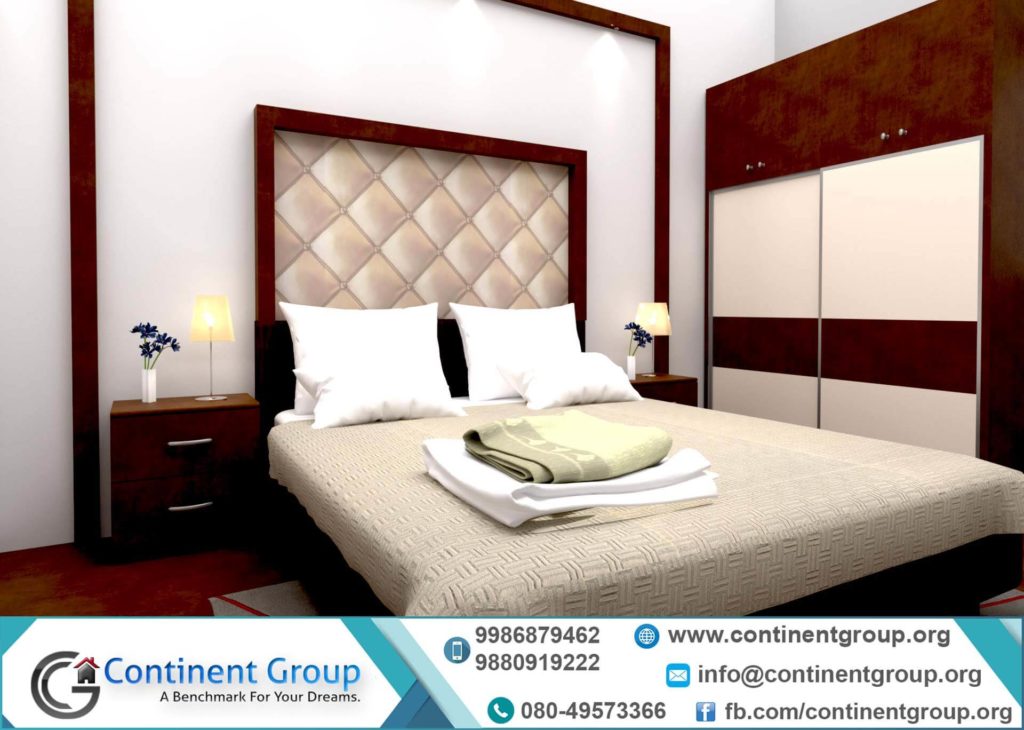
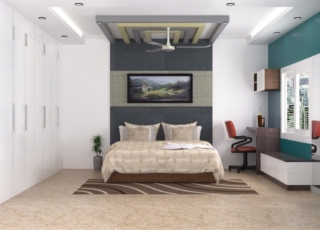
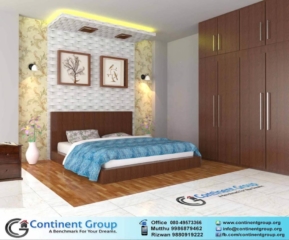
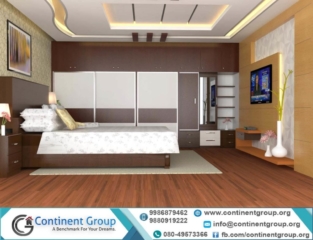
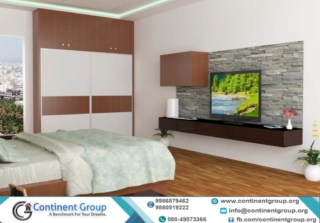
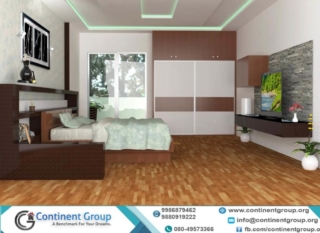
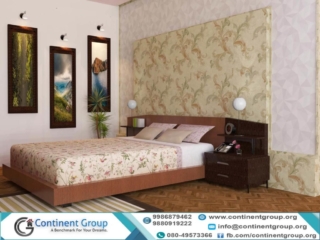
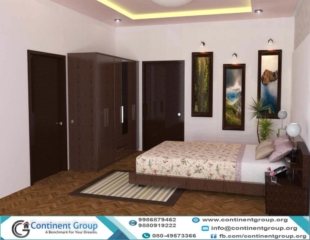
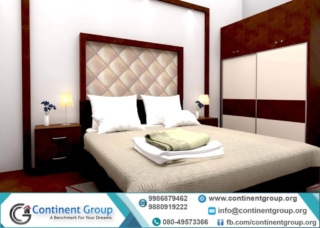
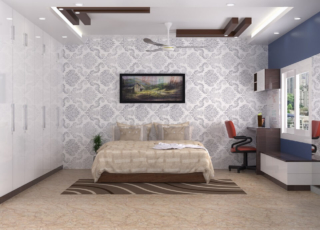
Fantastic blog, very detailed and well written. https://zigzagsymmetries.in/